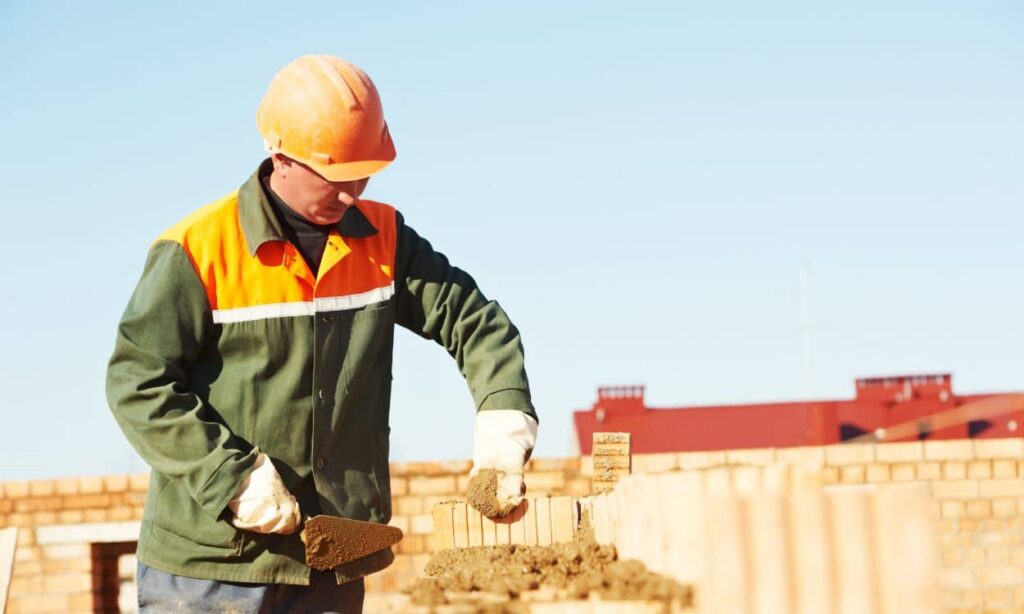
Stone. It’s one of the oldest building materials known to man—and yet it still shapes the world around us today. But what does it really take to work with stone? Who’s behind those beautifully built walls, fireplaces, and historical buildings that seem like they’ve stood forever?
That’s where a stone mason comes in. These skilled tradespeople work with their hands, tools, and years of experience to craft durable, beautiful, and often timeless structures out of natural stone. Whether you’re seeing a castle, a monument, or a custom patio in someone’s backyard, chances are, a stone mason had a hand in it.
Let’s take a closer look at what they do, how they do it, and why their craft has stood the test of time.
The Role of a Stone Mason: More Than Just Lifting Rocks
At first glance, the job might look like stacking rocks. But the reality is much more detailed and skilled. A stone mason shapes, cuts, and places stone to create everything from walls and walkways to chimneys, arches, and decorative accents.
Some stone masons focus on structural work—building load-bearing walls or foundations—while others specialize in fine detail work, like carving or fitting stone for ornate facades.
Here’s what a typical day might include:
- Reading and interpreting blueprints or plans
- Cutting stone using chisels, hammers, or power tools
- Mixing mortar and laying stones precisely in place
- Repairing or restoring old stone structures
- Sealing and finishing stone to protect it from weather
Different Types of Stone Masons
Not all stone masons do the same kind of work. In fact, the trade has several specialties:
- Rough masons focus on structural work like foundations or retaining walls.
- Finish masons work on detailed surfaces like walls or facades, where the look matters as much as the strength.
- Carvers create designs, statues, or engravings in stone—often seen in cathedrals or monuments.
- Restoration masons repair and preserve old or damaged stonework, especially in historic buildings.
No matter the specialty, each one requires strong math skills, physical endurance, and an eye for detail.
Tools of the Trade
A stone mason relies on both traditional and modern tools. You might see them using:
- Chisels and mallets for shaping
- Trowels for spreading mortar
- Levels and plumb lines for accuracy
- Grinders and saws for precision cuts
- Mixers for mortar and adhesives
Even with today’s power tools, many masons still use hand tools to achieve that perfect finish.
Where You’ll Find Their Work
You might be surprised how often you walk past a stone mason’s work without noticing. Here are just a few places where their craft shows up:
- Residential patios, fireplaces, and garden walls
- Public parks and city monuments
- Historic churches and universities
- Stone bridges, pillars, and fountains
- Commercial buildings with natural stone exteriors
Their work blends function and beauty—lasting for generations when done right.
The History Behind the Craft
Stone masonry is one of the oldest trades in the world. Think pyramids in Egypt, Roman aqueducts, or medieval castles in Europe—all built with the skill of early stone masons.
Back then, becoming a mason took years of apprenticeship. You’d start as a laborer, move up to a journeyman, and eventually become a master mason. Today’s training is more formal, but the roots are the same: learn by doing, and perfect the art over time.
Why Stone Masons Are Still in Demand
In a world full of new materials and technologies, stone masonry might seem old-fashioned. But here’s the thing: quality never goes out of style.
Natural stone is still one of the most durable and eco-friendly building materials out there. It’s fire-resistant, low-maintenance, and beautiful. And as more homeowners and builders want that classic, timeless look, the demand for skilled stone masons continues to grow.
Plus, restoring and preserving historical stonework is a niche that only true craftsmen can handle.
Thinking of Hiring a Stone Mason? Here’s What to Know
If you’re planning a custom fireplace, walkway, or stone feature wall, hiring the right mason matters. Look for someone who:
- Has a portfolio of past work
- Understands your design vision
- Is experienced with your chosen stone (limestone, granite, etc.)
- Communicates clearly about budget and timelines
- Has solid reviews or references
You can find many stone masons through local contractor directories or by simply searching stone mason near me.
FAQs About Stone Masons
1. Do stone masons work only with natural stone?
Mostly, yes—but some also work with manufactured stone or stone veneer for more affordable or lightweight options.
2. How long does a typical masonry project take?
It depends on the size and detail. A simple patio may take a few days, while a full facade or restoration could take weeks.
3. Is stone masonry expensive?
It can be more costly upfront, but it lasts longer and often requires less maintenance over time.
4. Do stone masons need a license?
In many states, yes—especially for commercial or structural work. Always ask your contractor about licensing and insurance.
5. Can stone masons do custom designs?
Absolutely. Many offer custom cuts, carvings, or layouts to match your personal style or architectural theme.
6. Is stone masonry environmentally friendly?
Natural stone is one of the most sustainable building materials—non-toxic, locally sourced, and energy-efficient.